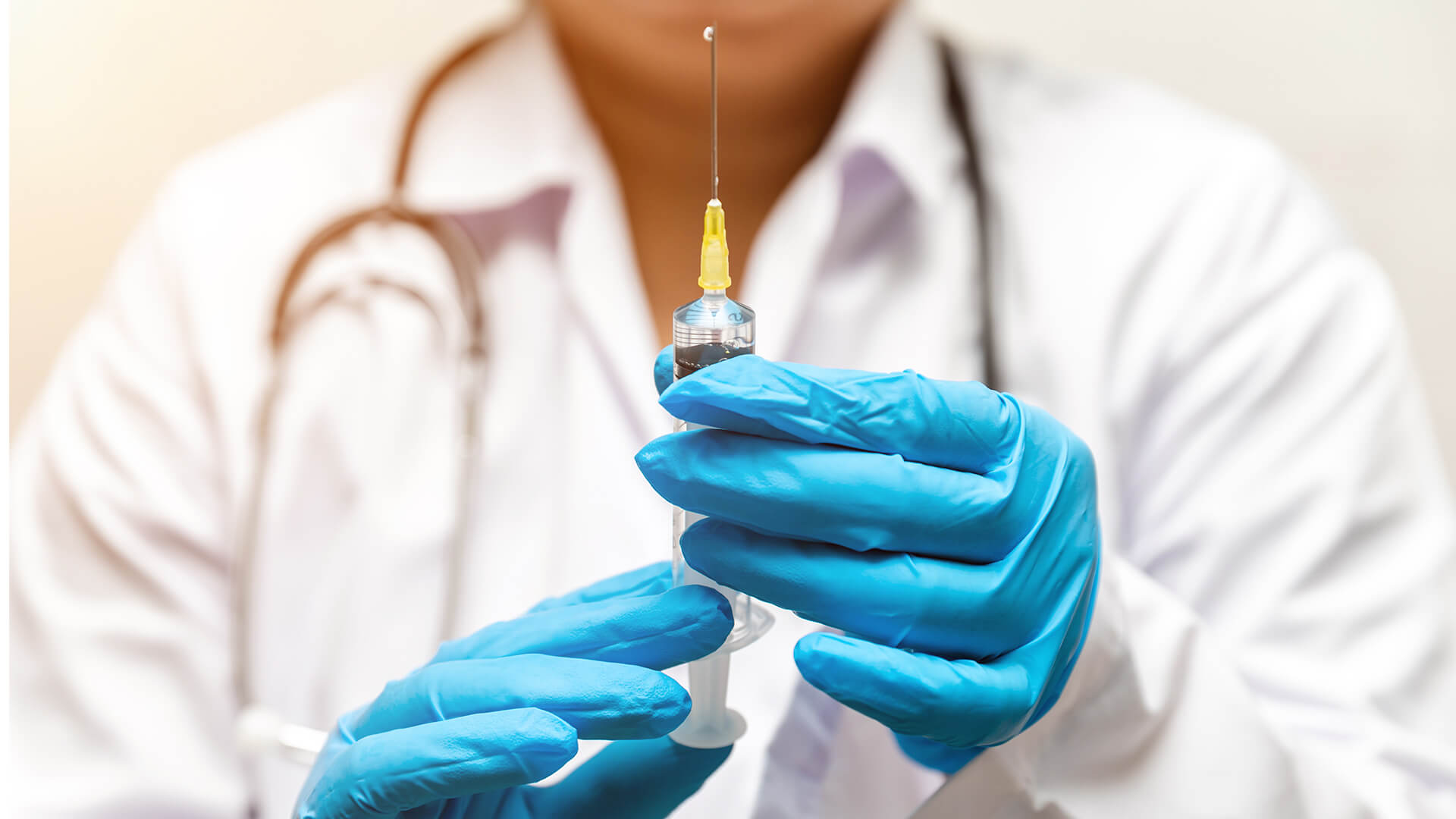
The pandemic has had a major effect in our lives, and it still remains to be seen how much it will have changed the way we live, once it has gone away. But thankfully, we did have science and technology on our side, in this fight, which helped us keep the virus as much under control as possible, by learning about it and finding ways to prevent it from causing even more deaths. Here is a quick glance at a few technologies that saved us from an even greater sanitary crisis.
Detecting the Virus
When the pandemic started, in China, the biggest issue that health organizations in the country were faced with, was to find a test that would enable them to identify those that were infected by it rapidly, so that they could isolate them. One of the very first rapid tests that appeared as a solution, was through the technology of microplate readers. In less than 30 minutes, laboratories were able to confirm that a person was free of the COVID-19 or not. It definitely helped save a lot of lives then, but it is still helping us in various other discoveries, regarding the coronavirus.
Thanks to a luminescence plate reader, we can proceed to pseudo virus neutralization assays. We can study the interactions by using BRET, FRET and TR-FRET techniques. Finally, it is also the technology that enables ELISA of viral antigens or host antibodies. In other word, plate reader technology has played a large part in our battle with the coronavirus and will continue to do so, for other viruses as well, in the years to come.
Treating the Patients from a Safe Distance
The second problem that the healthcare system faced, was how to treat patients without risking more infections. Quickly, the system became overloaded with patients. To have so many individuals going to emergency rooms was simply not a good idea. That is where telehealth technologies came in, and helped keep patients protected, and doctors as well. Although it already existed before the pandemic, it is fair to say that this technology grew exponentially during that period, changing people’s habits, in terms of visiting their doctors. For some, this may become a semi-permanent solution as well, in the future, including the disabled.
Telehealth technologies made it possible for patients to be seen, as well as diagnosed from a doctor, through an audio-visual communication, between the two parties. Taking place in real-time, these visits could be held through mobile phones, tablets or computers. As long as both parties had a webcam on their devices, the connection could be made. It could even be used for conference purposes, if more than one specialist was needed on the call. This technology also saved a lot of people from being infected, and it will remain a great tool for any infectious diseases that may come our way, in the future.
Helping to Provide Medical Equipment
One of the biggest problems that the world had to deal with, during the pandemic, was the lack of equipment. It was true of masks, ventilators, and filters, amongst many other items. It was not a small issue, since it was the primary cause of the healthcare system breakdown, which in truth never fully recovered. That is in large part why governments created so many restrictions for the population. But one technology came in to help create more equipment: 3-D printing.
This kind of technology can recreate almost any item, as long as the blueprint is available. It also does so at a much lesser cost. So, at the height of the crisis, back in 2020, many people started offering their 3-D printing machine, in order to help build all the equipment necessary to help hospitals that were lacking them. It became particularly useful for parts of ventilators that were badly needed at the time. It has positioned itself as a great solution for anything that is needed in regards to short-term supply. 3-D printing is only at its beginning and should change the world in many different ways over the next decade.
Helping identifying the Virus
Gene editing technologies is going to help us win so many other fights, in the future. This time, it made it possible for scientists to isolate the virus and find out the full sequences of its genetic material. It enabled researchers to understand its origins better and was an important element in the fact that we were able to create a vaccine so rapidly.
As soon as the sequences were known, more than twenty pharmaceutical companies starting on the development of these vaccines. The first clinical trial was done in Seattle, USA, and this was all made possible in great part by gene editing technologies, more specifically on the knowledge that it brought on CRISPR-Cas9 (Clustered Regularly Interspaced Short Palindromic Repeats – CRISPR-associated protein 9).



















